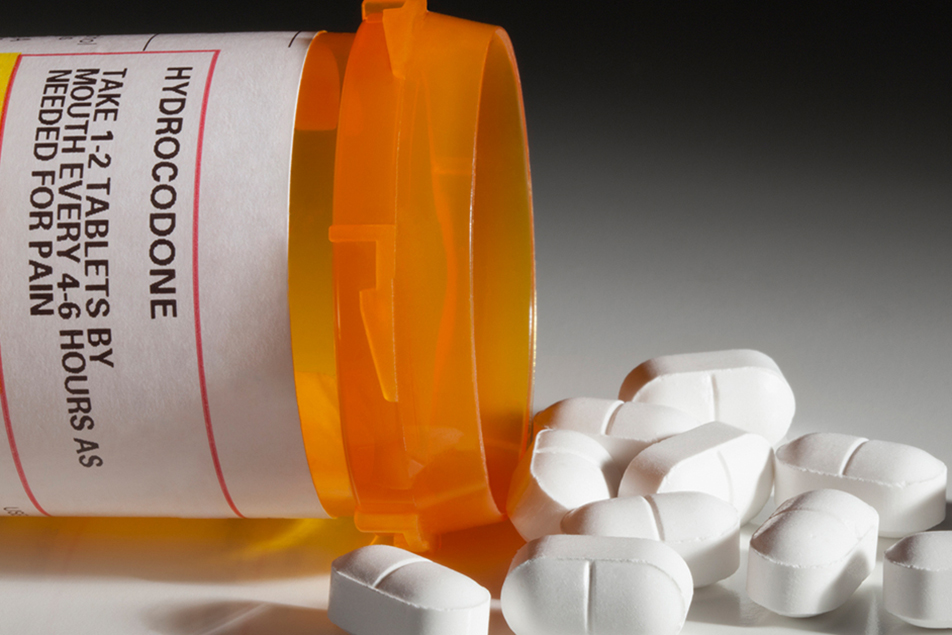Deborah McMahan, MD, Health Commissioner, Fort Wayne Allen County Department of Health, tells us more about the local opioid epidemic and the upcoming public event, Impacting the Community: Solutions and Resources for the Addiction Crisis.
How is the opioid crisis affecting us locally?
We have had an increasing number of people accidentally overdosing on both combinations of prescription medications as well as heroin. The number of people who accidentally overdosed from January through March of 2016 doubled in that same timeframe in 2017.
Why is this crisis getting so much attention now?
The crisis has been building slowly for years, we just didn’t know it. It wasn’t until the Centers for Disease Control and Prevention (CDC) noted in 2010 the marked increase in accidental overdoses with prescription opioids that the truth became clearer. For many years, providers were taught that all pain should be effectively treated and that prescribing opioids for chronic pain was not only effective, but also safe. However, in the past few years more research has shown that opioids are not only not effective for chronic pain but can actually make the pain worse, a phenomenon called hyperalgesia. In addition, we now know that the higher doses place people at risk for accidental overdose and finally, we know that a significant number of people are genetically predisposed to addiction to opioids.
As pressure grows for the medical community to pull back and prescribe less to address pain, those patients who are already addicted have a very difficult time finding legitimate physicians to prescribe the medications they have come to depend on. Sadly, some of these folks are turning to heroin because it is easier to get and cheaper. But this situation is even more dangerous than one would think. Not only is this an illegal substance, but also the drug dealers are adulterating the heroin by cutting it with fentanyl, carfentanil and virtually anything that increases their profit.
Which demographics are most effected?
A few years ago, the Department of Health partnered with the Fort Wayne Medical Education Program and the Coroner’s Office to review the overdose deaths that have occurred between 2008 and 2015. The deaths had almost doubled from 32 in 2008 to 68 in 2015. The average person who died from an accidental overdose was young, male and employed. We can also look at the map of the EMS response to nonfatal overdoses in our community and see that they are occurring in all areas and zip codes.
What resources are available for the loved ones of those who are struggling?
First, be prepared to treat an accidental overdose. Most of the people who died in Allen County did so with other people present. Equipping yourself with the ability to know when and how to respond is one of the most important things you can do. To that end, we have started the NEAT Clinic, where you can get an appointment with clinical staff who provide Narcan education, assessment and training (NEAT) and a prescription for or the Narcan medication itself.
Secondly, remember you are family and not a mental health provider. Don’t be afraid to ask someone if they are having issues and assist them in getting an assessment, but also know they must be ready to move forward to fully take advantage of treatment. This is the hard part and this is where caregivers begin to lose sight of their self-care. It’s important to remember that you must take care of your own physical, mental and spiritual health first before you can do the heavy work of helping another. Take advantage of programs like Al-Anon or other such groups for education and support.
What can the general public do to help?
Stop using words like “nuts” and “crazy” when talking about mental illness. Depression, anxiety, and substance use disorders are all types of mental illness and are all medical problems. We don’t make sarcastic comments about diabetics or cancer patients. These conditions are no different and you have no idea who around you is suffering. Support families who have a member affected by substance abuse.
The average age of the onset of depression and anxiety is 14 years old, but it takes the child about 8 to 10 years to get diagnosed and treated. It’s no surprise that, with that delay in recognizing this medical problem, the average age of addiction is 15 years old. So many people try and solve their own mental medical health issue with their own remedy, meaning drugs and/or alcohol. We need to do a better job in normalizing these common conditions and screening for them in the people closest to us and in our profession, and get them to the right resources for treatment.
Any final thoughts?
This is the biggest public health issue in my 15-year career in public health and it is not going away. We all had a hand in creating this problem and we all need to give a hand in solving this problem.




